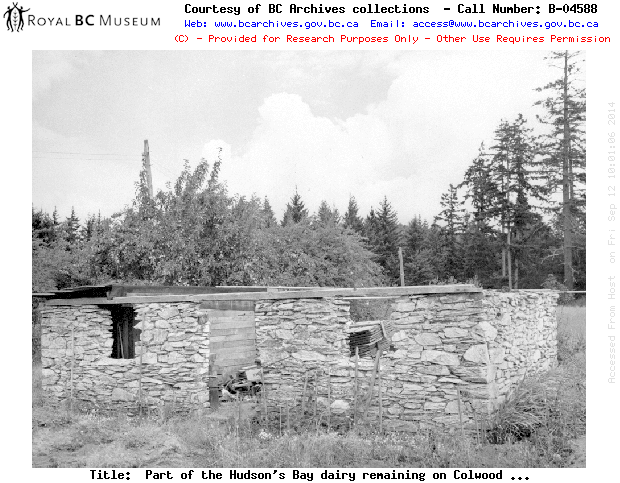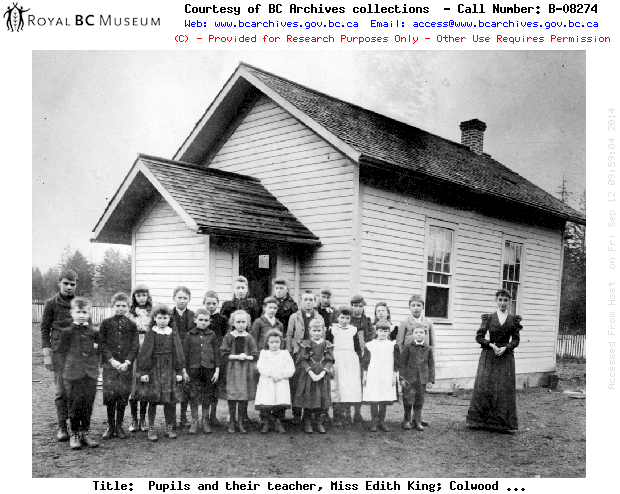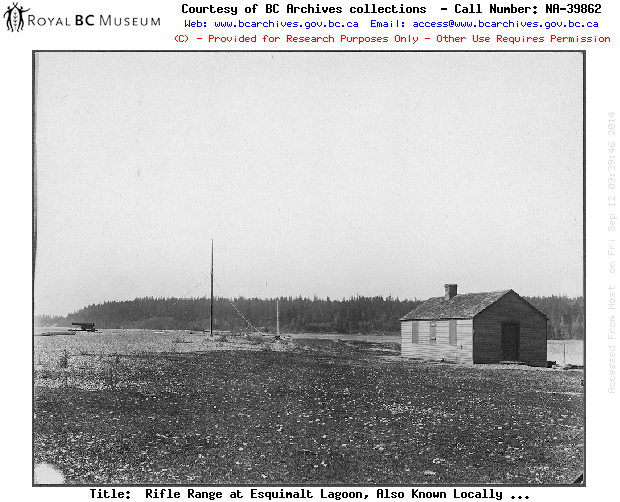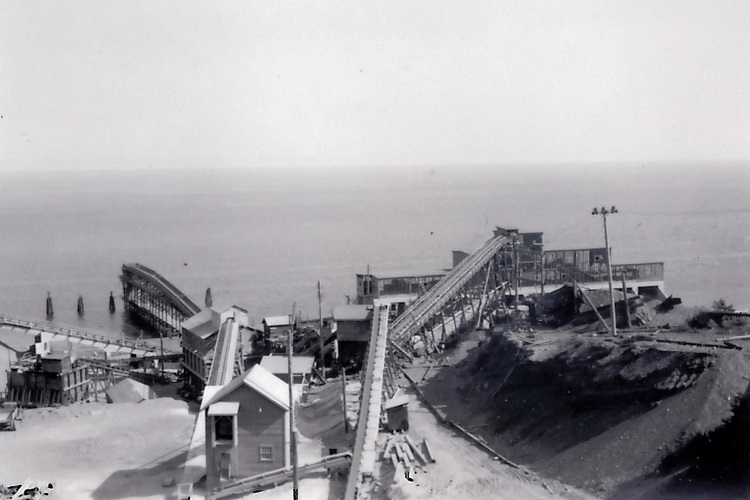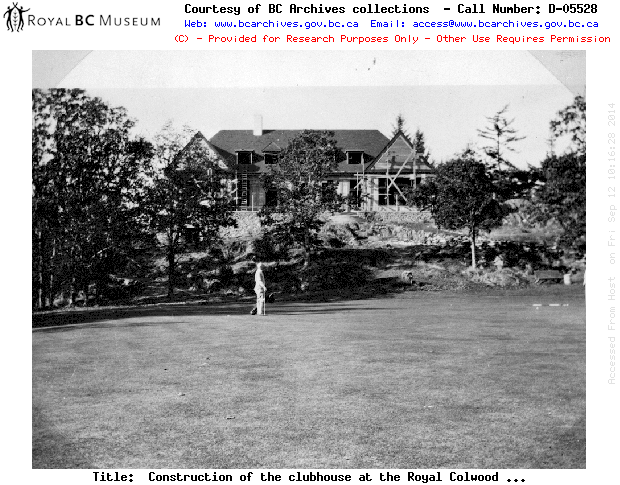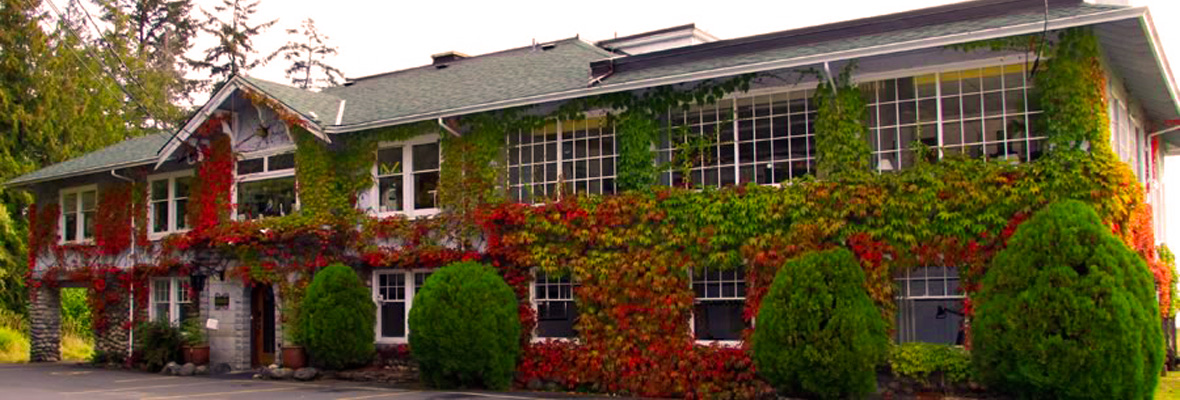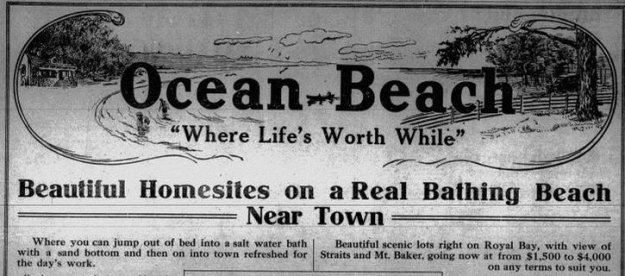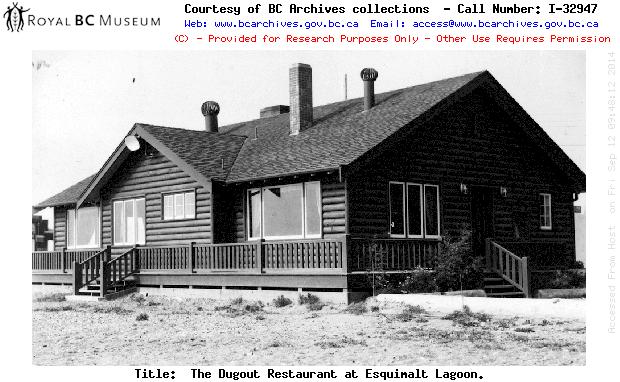Colwood’s Triangle Mountain is now a residential area, but it has an interesting military history.
Originally called triangular hill, it was used as a navigational aid as a point of triangulation for ships that were entering the harbours.
During the Second World War, the area was turned into a command post and was part of a coastal defence system.
“There were 20 locations across the entrances to the Victoria and Esquimalt harbours,” says Kate Humble, curator at Fort Rodd Hill . “They were like studs on a belt and they all had different purposes…some were gun batteries, some were observation posts and all of them working together was called a fortress defense system.”
Humble said the different posts served as a wall of defence for the harbours and many of them had been in place since the mid to late-1800s.
But in the Second World War, threats from air and sea became even greater as technology advanced and so the Fire Command Post was built on Triangle Mountain.
“It was the nerve centre of the whole operation,” Humble said. “All of the batteries and so on acted as the limbs of a body and Triangle Mountain was like a brain sending signals and instruction to all of the different pieces of the body.”
Humble said the command post on Triangle Mountain instructed batteries on where and when to fire at enemy ships, which is why it was called the Fire Command Post.
Now, Humble said the remnants of the command post are long gone along with the others that were part of the fortress defence system. Fort Rodd Hill stands as an example of how the others functioned.




